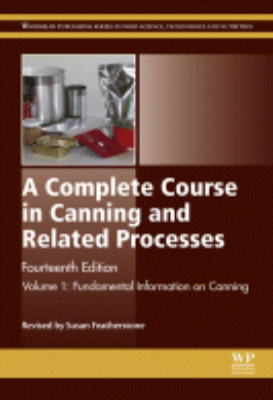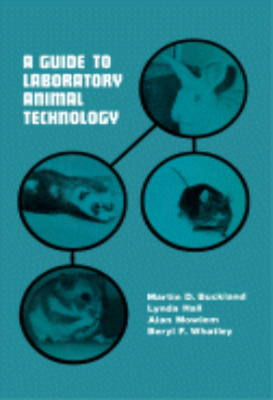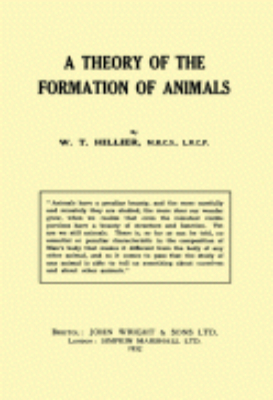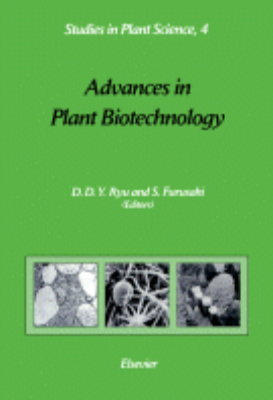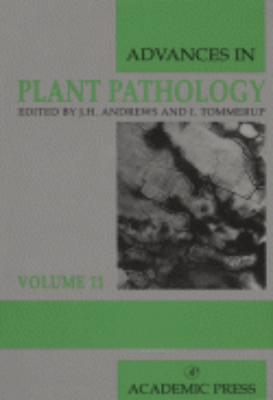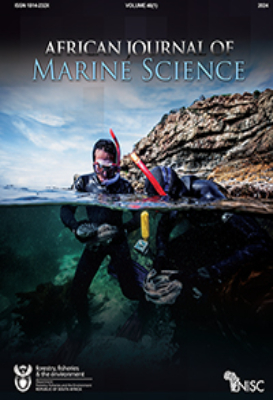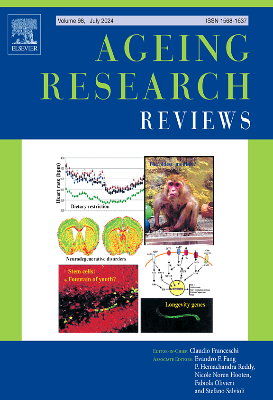Agricultural Science
A Complete Course in Canning and Related Processes: Volume 1
A Complete Course in Canning and Related Processes, Fourteenth Edition: Fundamental Information on Canning provides readers with a complete course on canning. This latest edition continues the tradition for both professionals in the canning industry and students who have benefitted from this collection for over 100 years. It contains extensively revised and expanded coverage, and the three-title set is designed to cover all phases of the canning process, including planning, processing, storage, and quality control. Major changes for the new edition include new chapters on regulation and labeling that contrast the situation in different regions worldwide, updated information on containers for canned foods, and new information on validation and optimization of canning processes, among other topics.
A Complete Course in Canning and Related Processes: Volume 2
A Complete Course in Canning is firmly established as a unique and essential guide to canning and related processes. Professionals in the canning industry and students have benefited from successive editions of the book for over 100 years. This major new edition continues that reputation, with extensively revised and expanded coverage. The three-title set is designed to cover all planning, processing, storage and quality control phases undertaken by the canning industry in a detailed, yet accessible fashion. Major changes for the new edition include new chapters on regulation and labelling that contrast the situation in different regions worldwide, updated information on containers for canned foods and new information on validation and optimization of canning processes, among many others.
A Complete Course in Canning and Related Processes: Volume 3
A Complete Course in Canning and Related Processes: Volume 3, Processing Procedures for Canned Food Products, Fourteenth Edition provides a complete course in canning and is an essential guide to canning and related processes. Professionals and students in the canning industry have benefited from successive editions of the book for over 100 years. This major new edition continues that reputation, with extensively revised and expanded coverage. The book's three-title set is designed to cover all planning, processing, storage, and quality control phases undertaken by the canning industry in a detailed, yet accessible fashion. Major changes for the new edition include new chapters on regulation and labeling that contrast the situation in different regions worldwide, updated information on containers for canned foods, and new information on validation and optimization of canning processes, among many other topics.
A Guide to Laboratory Animal Technology
A Guide to Laboratory Animal Technology is a compilation of experiences of animal technicians with regard to laboratory animals in both research and breeding establishments. This book discusses common laboratory species individually with reference to anatomy, reproduction, maintenance, methods of handling, and identification. Studies on the common diseases found on these species are also provided. All aspects of laboratory animal husbandry are considered including equipment, SPF techniques, transport, and law. This selection also includes a guide to examination technique and basic mathematics section that can help students with little experience in either field. This text aims to provide an introduction and guide for the newcomers and students of the profession, as well as a useful comprehensive reference work for all those concerned with animals.
A History of Weed Science in the United States
"It is important that scientists think about and know their history - where they came from, what they have accomplished, and how these may affect the future. Weed scientists, similar to scientists in many technological disciplines, have not sought historical reflection. The technological world asks for results and for progress. Achievement is important not, in general, the road that leads to achievement. What was new yesterday is routine today, and what is described as revolutionary today may be considered antiquated tomorrow. Weed science has been strongly influenced by technology developed by supporting industries, subsequently employed in research and, ultimately, used by farmers and crop growers. The science has focused on results and progress. Scientists have been--and the majority remain--problem solvers whose solutions have evolved as rapidly as have the new weed problems needing solutions. In a more formal sense, weed scientists have been adherents of the instrumental ideology of modern science. That is an analysis of their work, and their orientation reveals the strong emphasis on practical, useful knowledge; on know how. The opposite, and frequently complementary orientation, that has been missing from weed science is an emphasis on contemplative knowledge; that is, knowing why. This book expands on and analyzes how these orientations have affected weed sciences development. Key Features. The first analytical history of weed science to be written. Compares the development of weed science, entomology and plant pathology. Identifies the primary founders of weed science and describes their role"
A Materia Medica for Chinese Medicine
"Phytotherapy or herbal medicine is the most important therapy within Chinese medicine and is being used increasingly in the West. A Materia Medica for Chinese Medicine: plants, minerals and animal products describes 400 of the most important plants, minerals and animal substances used as treatments by Chinese medical practitioners. The items included have been selected according to their degree of clinical relevance. Each remedy is clearly described and illustrated on two facing pages, making this an easily accessible reference for both students and practitioners of Chinese herbal medicine. The clearly laid out text presents the following details for each herb or substance included:. a detailed description of the characteristic features. indictions for safe use. medicinal and toxic effects. possible combinations with other substances. full-colour illustrations, generally two for each substance, showing the detailed characterisitcs of the item described A Materia Medica for Chinese Medicine has been written by two medically trained doctors who have worked as TCM therapists specializing in the use of Chinese herbs for more than 30 years. Based on their many years of teaching and practice, the book has been carefully compiled and designed to provide a concise and accurate practice-based reference for both students and practitioners."
A Textbook of Plant Virus Diseases
A Textbook of Plant Virus Diseases deals with a discussion of different plant viruses, their properties, and the corresponding diseases these viruses cause. It includes a list of host plants of every virus arranged alphabetically. The book discusses the new types of disease vectors, such as root-infesting fungi, nematode worms, mites, and insects that are both biting and sucking. It also discusses the development of new techniques in electron microscopy that is used to characterize in detail the causal viruses of a number of plant virus diseases. Furthermore, it presents the development of plant virus serology, as well as the improved methods of virus isolation that allow the classification of viruses into related groups. The book includes a Bibliography and an Index of Synonyms that can be used in identifying given virus name. In addition, cross-references are included for searching a particular virus under the alternative names. This book will be invaluable to ecologists, environmentalists, agriculturalists, and other scientists interested in plant viruses. Biology students will also find this reference helpful.
A Theory of the Formation of Animals
A Theory of the Formation of Animals describes the details of formation of man, the structure, development, and physiology. This book is composed of seven chapters and begins with an introduction to a theory of animal formation, namely, the theory of dual constitution. This theory hypothesize that if new types of animal arise through the fusion of two animals of dissimilar kind, then one ought to find among the members of the animal kingdom some forms which might be called Type Animals. Two of these type animals are considered, the archi-annelid Polygordius and the herring (Clupea harengus). The final chapters describe the theoretical aspects of their skeleton and bones. This book is of value to zoologists, theorists, and researchers in the allied fields.
Additional Woody Crop Plants
Water Deficits and Plant Growth, Volume VII: Additional Woody Crop Plants is an extension of Volume VI of this treatise and deals primarily with water relations of woody crop plants in a community context. Organized into five chapters, this book begins with the important problem of predicting effects of vegetation changes on transpiration and evaporation. Separate chapters follow that discuss water relations of cotton, small fruits, grapevines, and peach trees and orchards. For each of these plant communities, emphasis is placed on hydrological cycles; water use and transpiration; absorption of water; and effects of environmental factors on soil and plant water balance. The effects of water deficits on physiological processes; vegetative and reproductive growth; yield of harvested products; drought resistance; and cultural practices affecting plant water balance and yield are also emphasized in this book. This volume will be useful to both researchers and those involved in the practice of growing woody plants for crops or for esthetic values.
Advances in Magnetic Resonance in Food Science
The highly versatile nature of magnetic resonance techniques in dealing with problems arising in many areas in food science is demonstrated in this book. Topics covered include development of the technique, functional constituents of food, signal treatment and analysis, along with applications of magnetic resonance to food processing and engineering. The international flavour of the contributions to this text aim to make it of value to both academics and industrialists in food science.
Advances in Plant Biotechnology
This volume, contributed to by a group of 46 research scientists and engineers, focuses on the integration of two aspects of plant biotechnology - the basic plant science and applied bioprocess engineering. Included in this book are 17 chapters, each dealing with specific topics of current interest with three coherent themes of: plant gene expression, regulation and manipulation; plant cell physiology and metabolism and their regulation; and bioprocess engineering and bioreactor performance of plant cell cultures. All of these topics are integrated into a main theme of "enabling plant biotechnology" relevant to the production of secondary metabolites. This book will be of great value to all plant cell biologists and molecular geneticists, and all those interested in the integration of plant science and bioprocess engineering for development of enabling technology relevant to the production of plant secondary metabolites.
Advances in Soil Organic Matter Research
The papers in this volume provide a balanced account of developments in soil organic matter research. It focuses on composition and structure, water quality, organic matter turnover, humus quality and fertility, and is essential reading for all those concerned with the environmental aspects of soil conservation and improvement.
Agrarian Development in Peasant Economies
Agriculture and Forestry Division, Volume 2: Agrarian Development in Peasant Economies: Some Lessons from Kenya tackles various areas of concerns in agriculture in the context of peasant economy. The title provides examples from the Kenyan agrarian development policies. The text first covers concern in improving agricultural production, and then proceeds to tackling post-war Kenya. Next, the selection talks about Kenyan agrarian revolution, along with the economics and features of peasant agriculture. The sixth chapter discusses government and agrarian development, while the seventh chapter details further problems of agrarian reform. The book will be of great interest to political scientists, economists, agriculturists, and sociologists.

